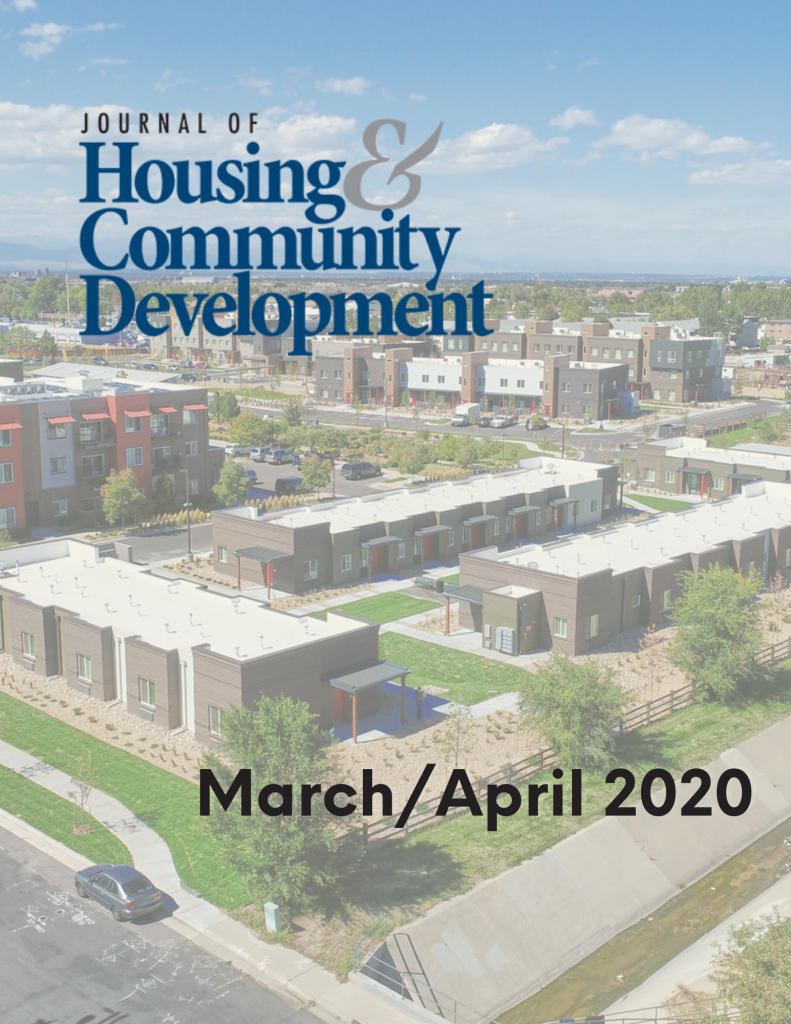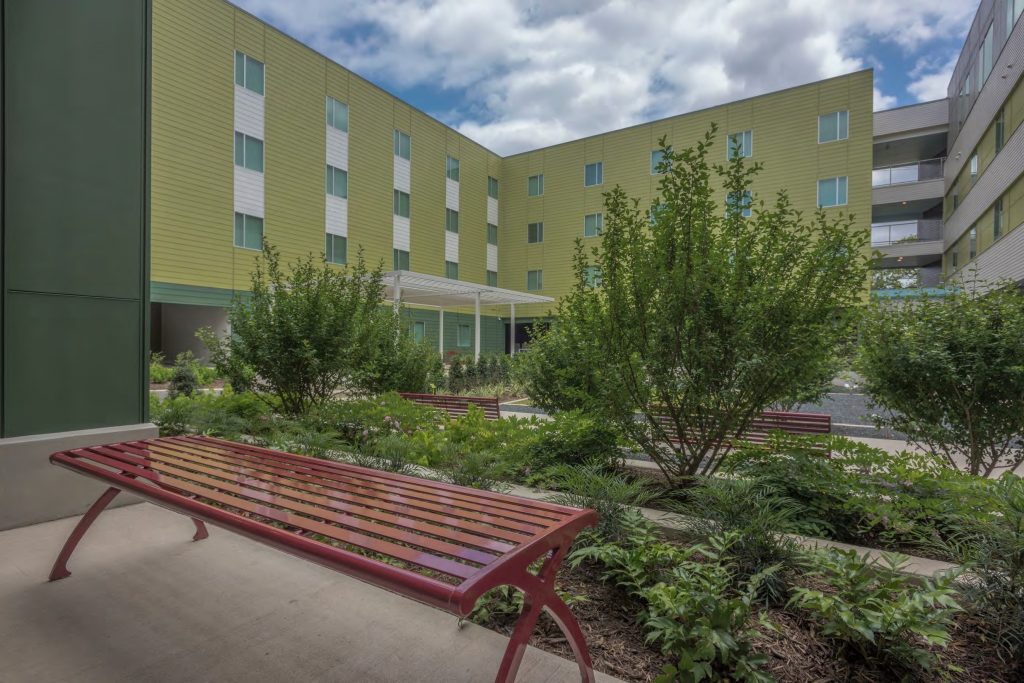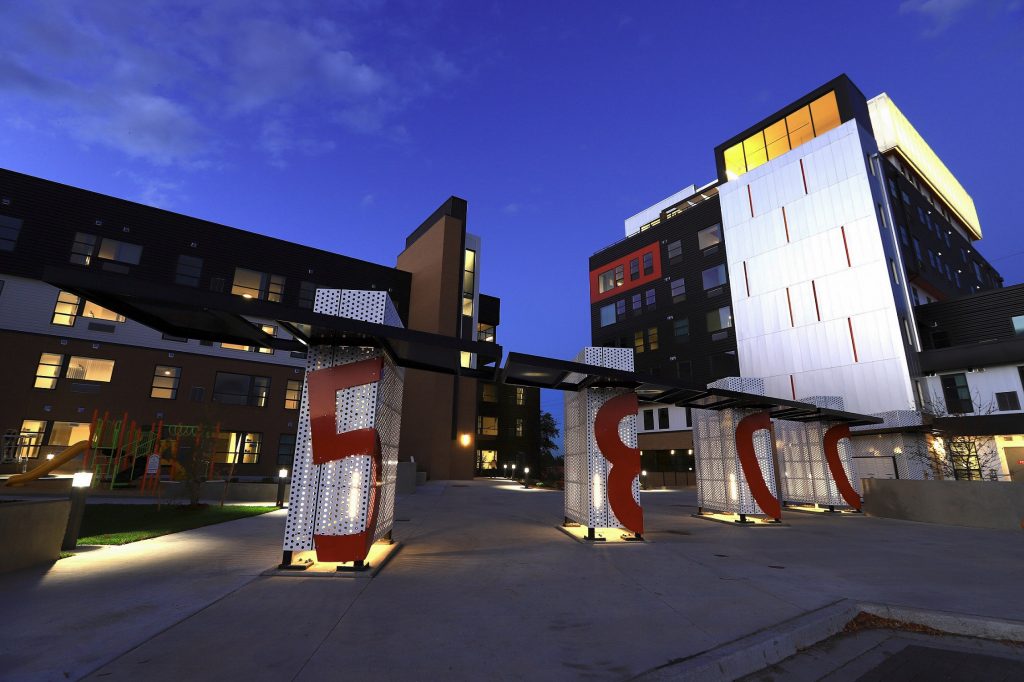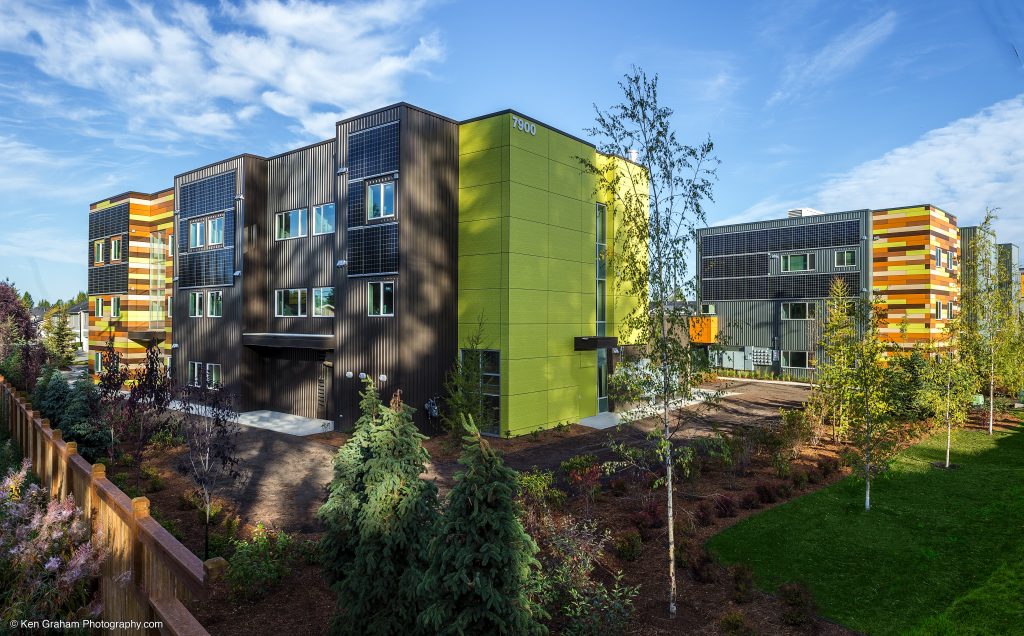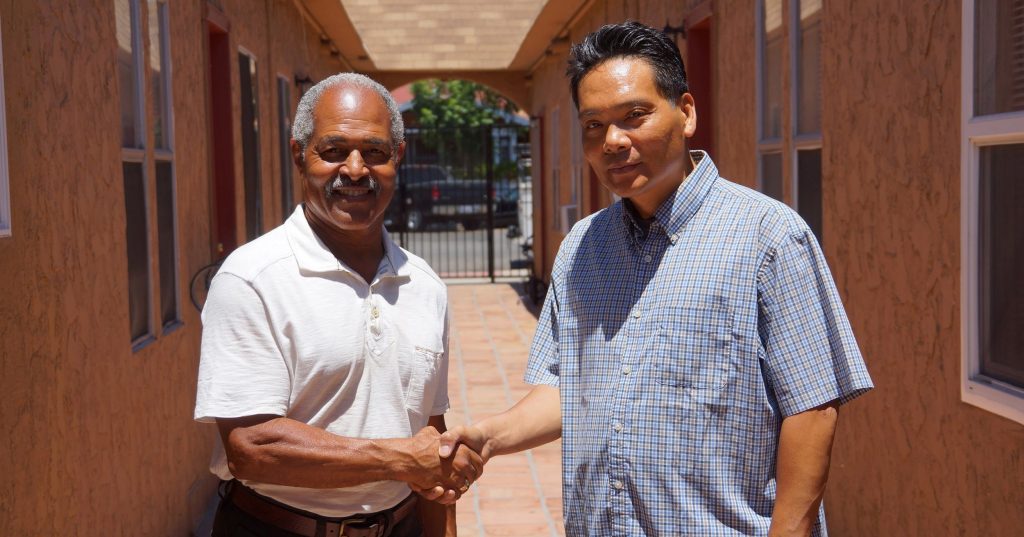How Public Housing Authorities Are Supporting Vulnerable Residents During COVID-19

The Coronavirus Aid, Relief, and Economic Security (CARES) Act, passed on March 27, authorized approximately $12 billion in funding for US Department of Housing and Urban Development (HUD) programs to mitigate COVID-19’s impact. The act recognizes the virus’s financial toll on individuals and families, as well as on safety net providers, such as public housing authorities (PHAs) and homeless service providers.
This funding is essential to keeping people stably housed, but it may fall short in providing additional targeted supports and services for low-income older adults and people with disabilities, many of whom live in public and assisted housing.
The CARES Act designates $685 million for the Public Housing Operating Fund and $1.25 billion for tenant-based rental assistance, including $850 million for administrative expenses and $400 million for housing assistance payments. Although PHAs can put these funds toward a variety of COVID-19-related expenses, they will likely put a significant share toward covering rents and keeping assisted renters housed.
If PHAs prioritize CARES funding for rent adjustments and staffing—both of which require immediate resources—they may not have enough funding left to cover everything they need to support vulnerable residents. That’s why additional supports are needed to ensure the health and safety of elderly and disabled residents during the pandemic.
Why are public housing residents more at risk during COVID-19?
In many ways, the COVID-19 crisis has exposed what we already knew: public housing is home to many vulnerable seniors requiring significant support. But the public health crisis exacerbates risks to people living in public and assisted housing and introduces new ones.
More than half of all households living in public housing units—approximately 1.13 million households—are headed by a person who is 62 or older and/or disabled, people particularly vulnerable to the novel coronavirus. In New York City alone, where the virus has made the biggest impact in the US, 40 percent of all households living in public housing are headed by an adult older than 62.
Senior housing—Section 202 Supportive Housing for the Elderly and Section 811 Supportive Housing for Persons with Disabilities—houses another 115,460 older adults and people with disabilities nationwide. And factoring in Low Income Housing Tax Credit properties brings the total number of older adults receiving housing assistance to approximately 2.5 million.
HUD data also show that approximately 65 percent of public housing households are headed by someone who is not white. Given what we know about COVID-19’s disproportionate impact on people of color, older public housing residents are at even greater risk.
Before the outbreak, public housing residents were already experiencing serious challenges. Although older adults of all income levels may experience health concerns as they age, those living in public and assisted housing are particularly at risk. Studies show that seniors living in public housing have greater challenges performing daily living activities—such as eating, bathing, and getting dressed—than their homeowner peers and have higher rates of obesity and diabetes. And the aging public housing stock in some places creates additional hazards that threaten the physical health and mental well-being of older adults and their families.
The pandemic is creating new challenges for seniors in public housing, especially for those who depend on regular services, such as medical check-ups and assistance from aides, that bring them in contact with staff or others who may have been exposed. As service providers take measures to protect clients and staff, older adults may lose access to much-needed services, such as regular meal delivery and health consultations. Seniors may also become increasingly isolated from their family, friends, and communities as social distancing and shelter-in-place orders are extended, which can take a significant toll on seniors’ mental health.
How are public housing authorities responding?
Many PHAs across the are on the front lines of this crisis, and many are trying to maintain the same level of service as before the pandemic. HUD has provided only general guidance on COVID-19 preparedness (PDF) and response, so many PHAs are following recommendations from local health agencies and the Centers for Disease Control and Prevention by cleaning and closing common spaces in senior buildings and, in some cases, limiting visitors.
George Guy, executive director of the Fort Wayne Housing Authority, told us that he and his staff “do not want to heighten the crisis by not fulfilling their primary responsibility” of providing stable housing. And Richard Monocchio, executive director of the Housing Authority of Cook County (HACC) near Chicago, said he wants “to ensure that services can continue as much as possible” while prioritizing the health and safety of residents and employees.
Several PHAs are also trying to maintain ongoing communication with older residents. Home Forward, the housing authority of Portland, Oregon, is conducting regular wellness checks with all elderly and disabled residents over the phone, as is BangorHousing, the housing authority of Bangor, Maine, and the Chicago Housing Authority (CHA).
Some PHAs are also leveraging existing partnerships with service providers to ensure they continue to meet older residents’ needs. After calls for more assistance, CHA is delivering boxed meals to seniors in their buildings and has staff on-site 24-7 to perform wellness checks. Meals on Wheels continues to deliver food in Fort Wayne, and the HACC is coordinating expanded food delivery services with its local food banks and depositories.
But these response efforts aren’t happening everywhere. Complaints have surfaced that some PHAs aren’t moving fast enough to respond to health and safety concerns or to meet their residents’ needs. The situation is changing rapidly, and some PHAs may struggle to keep up.
How can PHAs and policymakers better support public housing residents?
In allocating stimulus funding on the local level, PHAs should prioritize the most vulnerable through service allocation and staff time. PHAs should continue leveraging existing partnerships to ensure residents have access to essential services, such as food and health care, as well as city- and statewide efforts to support vulnerable populations.
PHAs should also maintain open lines of communication with residents to ensure timely response in the case of illness, financial strain, or other challenges. This will enable PHAs to more effectively deploy federal stimulus resources to address urgent concerns regarding health issues, nonpayment of rent, and unemployment among residents.
In future stimulus packages, policymakers should consider the additional costs PHAs are incurring to provide these necessary services. As PHAs continue to put funds toward food delivery, virtual services, and cleaning supplies, they will need additional resources to bolster these and other activities. PHAs are already struggling, and as more staff take leave because of illness, issues with child care, and other personal needs, they will need to make further adjustments.
PHAs also need comprehensive guidance from the federal government on how to protect residents in the event of COVID-19 outbreaks in public housing properties, which is already happening in places like New York City. Comprehensive guidance from HUD around supporting older adults and the mental and emotional well-being of all residents can help ensure PHAs have the information they need to best address residents’ needs.
These considerations should be central to decisionmaking around future funding allocations for PHAs and part of a larger strategy to support vulnerable populations during the pandemic.
Updated to amend the frequency of Home Forward’s resident wellness check-ins (corrected 4/20/20).
NOTE: This article originally appeared on the Urban Institute’s website.
More Articles in this Issue
Pairing Housing and Public Transit: Developing a Community With Mobility in Mind
New Hope Housing wins a 2019 Award of Excellence in Affordable Housing for developing its first mixed-use…From Office Building to Home
Metro West Housing Solutions wins a 2019 Award of Excellence in Affordable Housing for the…Creating an Intergenerational, Affordable Town Center
The Cook Inlet Housing Authority (CIHA) wins a 2019 Award of Excellence in Affordable Housing…Sometimes a Tweet Is All It Takes: An Interview With Casey Pennington
The February 25 Democratic debate in South Carolina marked the first time that a question…Award of Excellence: Housing Our Heroes
The San Diego Housing Commission (SDHC) wins a 2018 Award of Excellence in Affordable Housing for creating…
